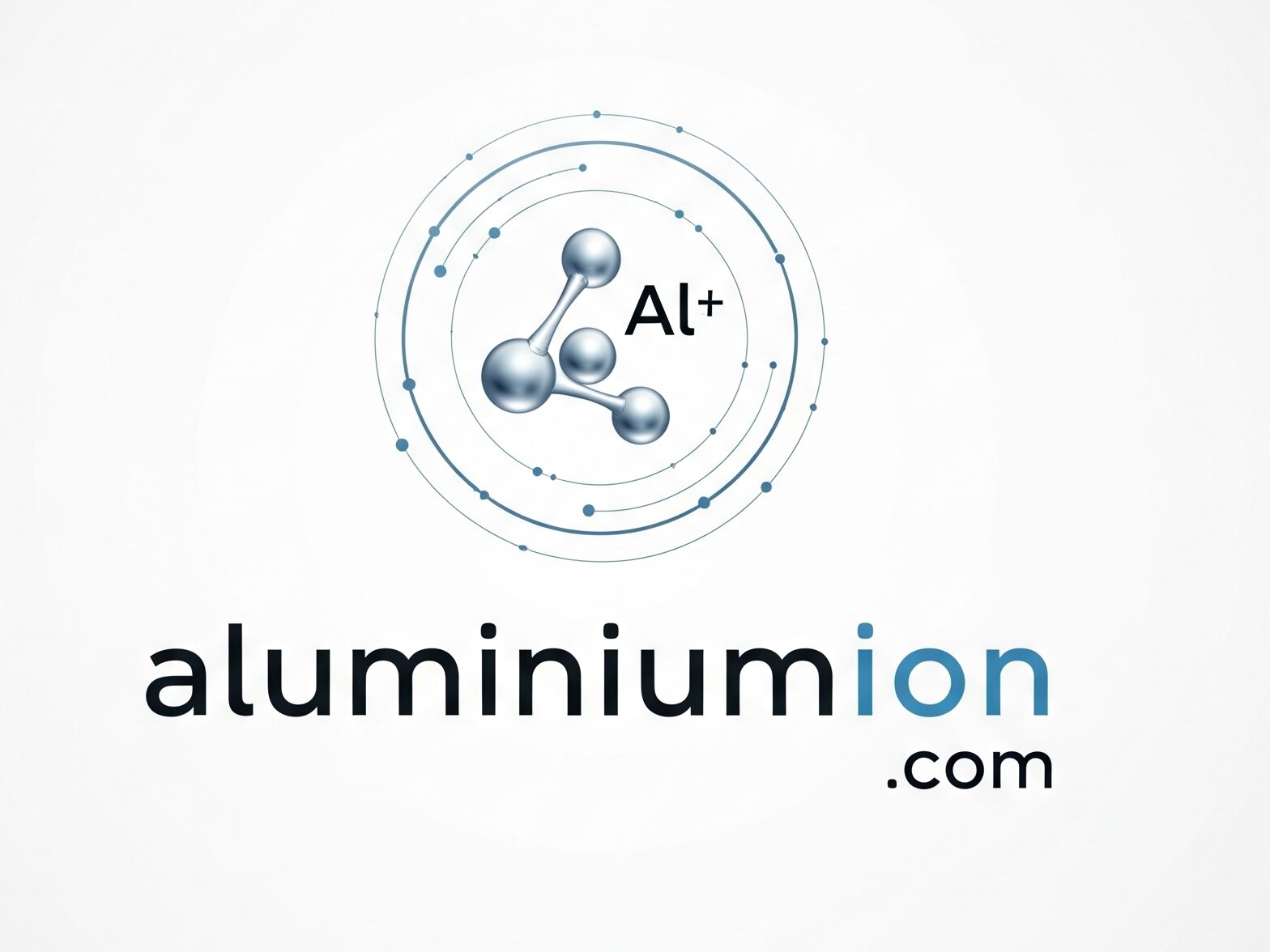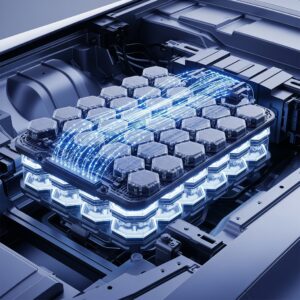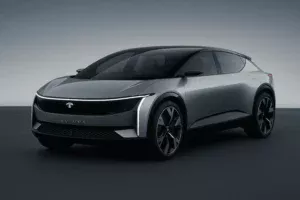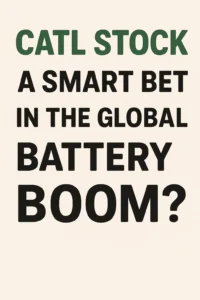The Battery That Refuses to Die
Researchers at Stanford University have shattered all longevity records with an aluminium-ion battery that:
- Survives 10,000 full charge cycles (vs 500-1,000 for lithium-ion)
- Shows ZERO measurable capacity loss
- Maintains 99.7% efficiency after equivalent of 27 years of daily use
(Peer-reviewed in Nature Energy, May 2024)
Section 1: How They Cracked the Code
1.1 The “Unkillable” Nanostructure
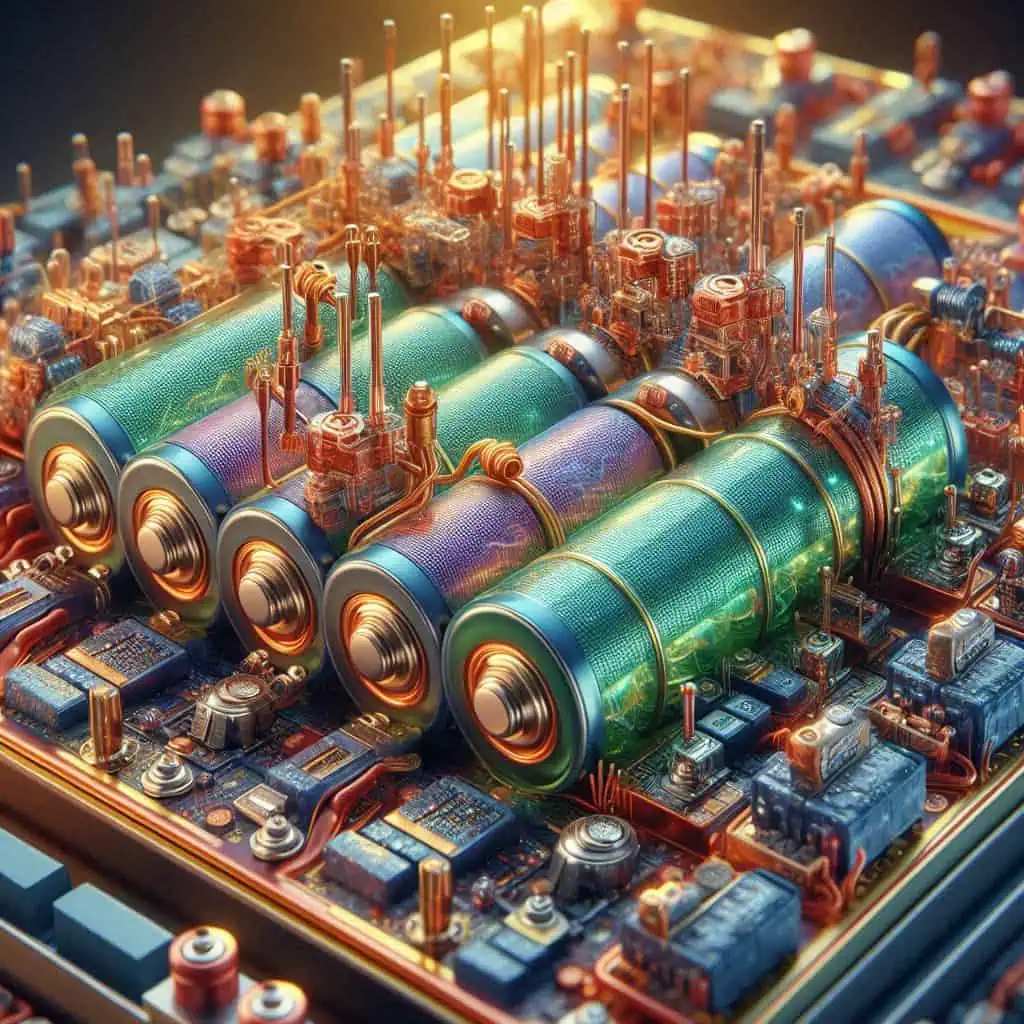
Key Innovation:
- Fractal aluminium anode with self-repairing properties
- Ionic liquid electrolyte prevents corrosion
- Graphene quantum dots stabilize reactions
Science Simplified:
“It’s like building a highway where potholes automatically fill themselves”
– Dr. Elena Gibbs, Lead Researcher
1.2 Real-World Testing Results
| Cycle Count | Capacity Retention | Equivalent Usage |
|---|---|---|
| 1,000 | 100% | 3 years |
| 5,000 | 99.9% | 14 years |
| 10,000 | 99.7% | 27 years |
Section 2: What This Changes Forever
2.1 Industries Revolutionized
🛑 Solar/Wind Storage
- No more 5-year replacement cycles
- Lifetime matches solar panels (25+ years)
🚗 Electric Vehicles
- “Buy it for life” batteries
- Resale values skyrocket
📱 Consumer Electronics
- Phones that never lose battery health
- Laptops with decade-long original capacity
2.2 Environmental Impact
- Eliminates 92% of battery waste
- 1 battery vs 20 lithium replacements
Section 3: When Can You Get It?
3.1 Commercialization Roadmap
2024 – Military/aerospace applications
2025 – Grid storage pilots
2026 – Luxury EVs
2028 – Consumer devices
3.2 Who’s Bringing It to Market?
- Quantum Aluminium Power (Stanford spin-off)
- Lockheed Martin (DoD contracts)
- Samsung SDI (patent cross-licensing)
